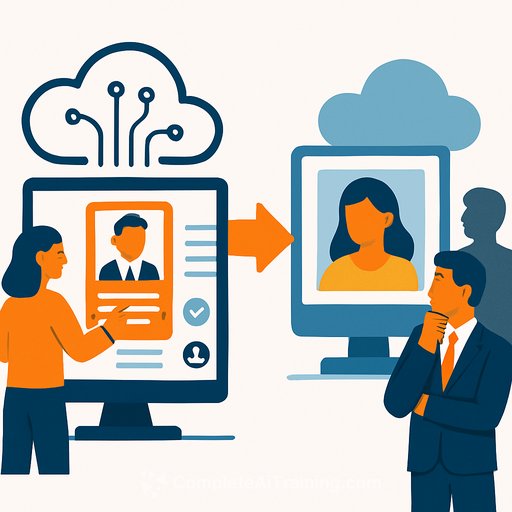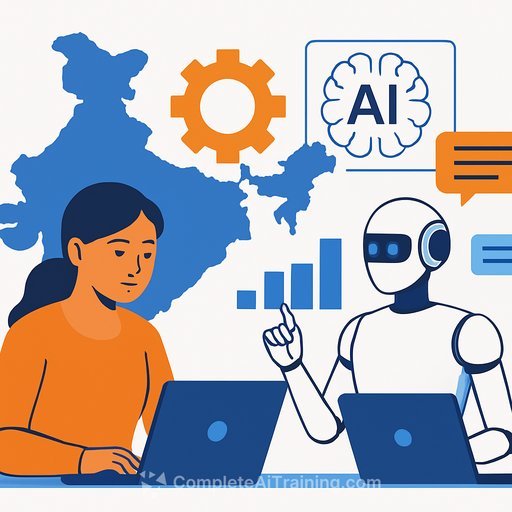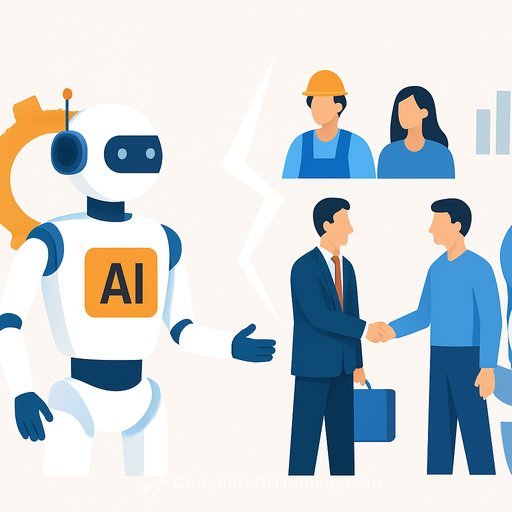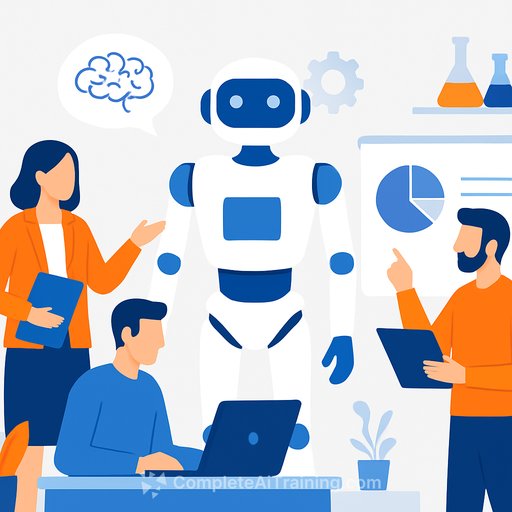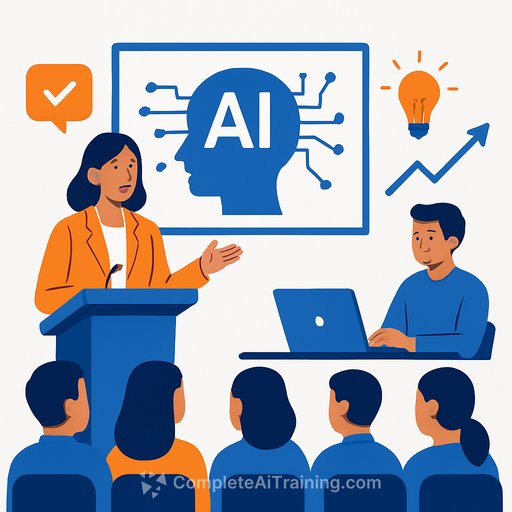Generative AI vs. Predictive AI in HR
Generative AI grabs the spotlight, but predictive AI quietly delivers real impact in hiring, promotions, and workforce planning.
Recent data shows 66% of US managers have consulted tools like ChatGPT when making layoff decisions. Even more rely on AI for raises (78%) and promotions (77%). While generative AI is becoming common in HR processes, these models weren’t built for high-stakes, domain-specific decisions. They are handy for drafting emails or job descriptions but fall short when dealing with complex business data and nuanced judgments.
For critical HR functions such as hiring, performance reviews, and workforce planning, predictive AI often proves to be the more practical choice.
Generative AI: Flashy but Limited
Generative AI models like ChatGPT, Claude, and Gemini create text by predicting word sequences based on vast datasets. They don’t truly understand the content; instead, they generate the most statistically likely phrases. This makes their output polished but often superficial.
In HR, this means a generative AI can produce a job description that sounds good but misses the company’s specific needs, culture, or objectives. Many HR platforms already offer templated job descriptions that better reflect organizational context. Worse, generative AI can introduce bias or irrelevant info from its data sources.
Using these models for sensitive tasks like performance evaluations, promotions, or layoffs is risky. They lack the ability to evaluate fairly or thoroughly. Would you trust a chatbot to decide your career fate without transparent criteria or checks?
Why Predictive AI Makes More Sense in HR
Predictive AI works differently by analyzing historical data to forecast future outcomes. It identifies patterns to help HR make informed decisions about candidates, employee performance, and workforce trends.
- Built on your company’s data: Predictive models train on your own organizational data, giving them a grounded understanding of your workforce rather than generic internet trends.
- Supports repeatable, high-stakes decisions: It can predict candidate success, tailor development plans, and suggest fair compensation based on objective data, reducing bias.
- Enables strategic workforce planning: Predictive AI helps identify potential turnover risks, engagement drivers, and aligns people strategies with business goals.
- Results are measurable and explainable: Since it uses structured data, you can track, validate, and refine predictions over time—critical for compliance and transparency.
That said, predictive AI isn’t foolproof. For example, Amazon’s recruiting tool once showed bias because it learned from historical data reflecting a male-dominated workforce. Both predictive and generative AI can unintentionally reinforce biases if their training data is flawed.
Collecting clean, relevant data and aligning AI models with your HR goals takes effort. Every deployment needs careful setup and ongoing review to ensure fair, responsible use.
Generative AI is useful for many routine tasks, but when it comes to hiring, promotions, and retention, HR teams need actionable insights based on reliable data. Predictive AI provides that foundation, helping build stronger teams and smarter workforce strategies.
To explore more about how AI can support HR functions effectively, check out resources like Complete AI Training’s courses for HR professionals.
Your membership also unlocks:

